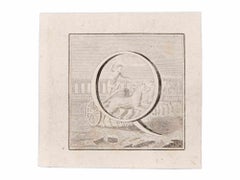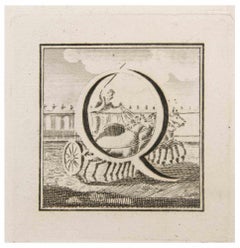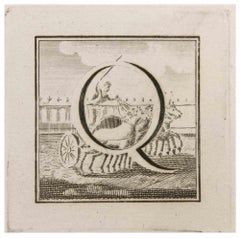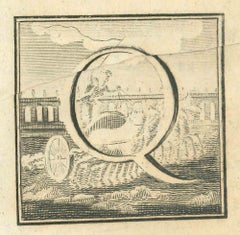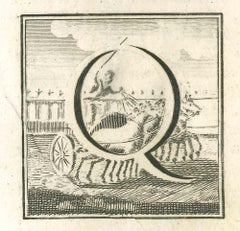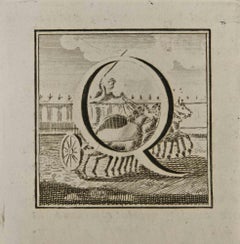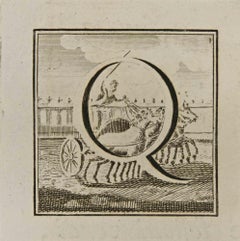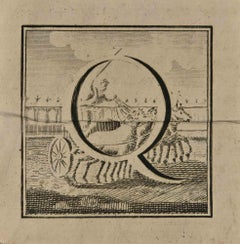Old Master Q
18th Century Old Masters Figurative Prints
Etching
Late 18th Century Old Masters Figurative Prints
Etching
Late 18th Century Old Masters Figurative Prints
Etching
Late 18th Century Old Masters Figurative Prints
Etching
Late 18th Century Old Masters Figurative Prints
Etching
Late 18th Century Old Masters Figurative Prints
Etching
18th Century Old Masters Figurative Prints
Etching
18th Century Old Masters Figurative Prints
Etching
18th Century Old Masters Figurative Prints
Etching
18th Century Old Masters Figurative Prints
Etching
Late 18th Century Old Masters Figurative Prints
Etching
Late 18th Century Old Masters Figurative Prints
Etching
Late 18th Century Old Masters Figurative Prints
Etching
Late 18th Century Old Masters Figurative Prints
Etching
Late 18th Century Old Masters Figurative Prints
Etching
Late 18th Century Old Masters Figurative Prints
Etching
Late 18th Century Old Masters Figurative Prints
Etching
Late 18th Century Old Masters Figurative Prints
Etching
Late 18th Century Old Masters Figurative Prints
Etching
Late 18th Century Old Masters Figurative Prints
Etching
Late 18th Century Old Masters Figurative Prints
Etching
Late 18th Century Old Masters Figurative Prints
Etching
Late 18th Century Old Masters Figurative Prints
Etching
Late 18th Century Old Masters Figurative Prints
Etching
Late 18th Century Old Masters Figurative Prints
Etching
Late 18th Century Old Masters Figurative Prints
Etching
Late 18th Century Old Masters Figurative Prints
Etching
Late 18th Century Old Masters Figurative Prints
Etching
Late 18th Century Old Masters Figurative Prints
Etching
Late 18th Century Old Masters Figurative Prints
Etching
Late 18th Century Old Masters Figurative Prints
Etching
Late 18th Century Old Masters Figurative Prints
Etching
18th Century Old Masters Figurative Prints
Etching
Late 18th Century Old Masters Figurative Prints
Etching
Late 18th Century Old Masters Figurative Prints
Etching
Late 18th Century Old Masters Figurative Prints
Etching
18th Century Old Masters Landscape Prints
Etching
Old Master Q For Sale on 1stDibs
How Much is an Old Master Q?
A Close Look at Old Masters Art
Encompassing centuries of change in Europe between 1300 and 1800, from booms of prosperity to bloody revolutions, Old Masters describes a wide range of artists. The informal term was derived from the title of an artist who trained in a guild long enough to become a master, such as Leonardo da Vinci, who studied in a Florence painters’ guild. However, Old Masters paintings, prints and other art is now used to refer to work made by any artist with a high level of skill in painting, drawing, sculpture or printmaking who worked during this era.
The 15th century’s expansive trade and commerce spread culture across borders. A vibrant period of art emerged, bolstered by studies of anatomy and nature that influenced a new visual realism. From Raphael and Michelangelo in the Renaissance to Rembrandt van Rijn and Johannes Vermeer in the Dutch Golden Age, artists expressed emotion, naturalism, color and light in new ways. El Greco and Paolo Veronese were leaders in the dramatic style of Mannerism, while Caravaggio and Peter Paul Rubens demonstrated the movement and meticulous detail of Baroque art.
Historically, most attention was concentrated on male artists, but recent research and exhibitions have elevated the impactful work of women such as Rachel Ruysch and Artemisia Gentileschi. In late-18th-century France, female artists like Adélaïde Labille-Guiard and Élisabeth Vigée Le Brun were prominent names. Nevertheless, access to the academies and guilds was highly restricted for women, and even those able to establish practices were expected to adhere to portraits and still lifes rather than the grand history paintings being created by men.
Find a collection of Old Masters prints, paintings, drawings and watercolors and other art on 1stDibs.
Finding the Right Prints And Multiples for You
Decorating with fine art prints — whether they’re figurative prints, abstract prints or another variety — has always been a practical way of bringing a space to life as well as bringing works by an artist you love into your home.
Pursued in the 1960s and ’70s, largely by Pop artists drawn to its associations with mass production, advertising, packaging and seriality, as well as those challenging the primacy of the Abstract Expressionist brushstroke, printmaking was embraced in the 1980s by painters and conceptual artists ranging from David Salle and Elizabeth Murray to Adrian Piper and Sherrie Levine.
Printmaking is the transfer of an image from one surface to another. An artist takes a material like stone, metal, wood or wax, carves, incises, draws or otherwise marks it with an image, inks or paints it and then transfers the image to a piece of paper or other material.
Fine art prints are frequently confused with their more commercial counterparts. After all, our closest connection to the printed image is through mass-produced newspapers, magazines and books, and many people don’t realize that even though prints are editions, they start with an original image created by an artist with the intent of reproducing it in a small batch. Fine art prints are created in strictly limited editions — 20 or 30 or maybe 50 — and are always based on an image created specifically to be made into an edition.
Many people think of revered Dutch artist Rembrandt as a painter but may not know that he was a printmaker as well. His prints have been preserved in time along with the work of other celebrated printmakers such as Pablo Picasso, Salvador Dalí and Andy Warhol. These fine art prints are still highly sought after by collectors.
“It’s another tool in the artist’s toolbox, just like painting or sculpture or anything else that an artist uses in the service of mark making or expressing him- or herself,” says International Fine Print Dealers Association (IFPDA) vice president Betsy Senior, of New York’s Betsy Senior Fine Art, Inc.
Because artist’s editions tend to be more affordable and available than his or her unique works, they’re more accessible and can be a great opportunity to bring a variety of colors, textures and shapes into a space.
For tight corners, select small fine art prints as opposed to the oversized bold piece you’ll hang as a focal point in the dining area. But be careful not to choose something that is too big for your space. And feel free to lean into it if need be — not every work needs picture-hanging hooks. Leaning a larger fine art print against the wall behind a bookcase can add a stylish installation-type dynamic to your living room. (Read more about how to arrange wall art here.)
Find fine art prints for sale on 1stDibs today.
- 1stDibs ExpertApril 5, 2022A number of artists who were important in the history and development of Western art are considered Old Masters. They include Albrecht Dürer, Caravaggio, Jacques-Louis David, Leonardo da Vinci, Michelangelo and Rembrandt. Find a large selection of fine art on 1stDibs.
- 1stDibs ExpertJune 15, 2023A painting produced by a skilled, noteworthy European artist that was produced before the 19th century may be considered an Old Master painting. The informal term was derived from the title of an artist who trained in a guild long enough to become a master, such as Leonardo da Vinci, who studied in a Florence painters’ guild. However, Old Masters paintings, prints and other art is now used to refer to work made by any artist with a high level of skill in painting, drawing, sculpture or printmaking who worked in Europe between 1300 and 1800. Some artists considered Old Masters include William Blake, Caravaggio, Jacques-Louis David, Frans Hals, Francisco Goya, Peter Paul Rubens, Leonardo da Vinci, Michelangelo, Rembrandt, Titian and Jan Vermeer. On 1stDibs, find a variety of paintings from some of the world’s top galleries.
- 1stDibs ExpertFebruary 17, 2023Who the greatest Old Masters in art history are is largely a matter of debate. Encompassing centuries of change in Europe between 1300 and 1800, from booms of prosperity to bloody revolutions, Old Masters describes a wide range of artists. The informal term was derived from the title of an artist who trained in a guild long enough to become a master, such as Leonardo da Vinci, who studied in a Florence painters’ guild. However, Old Masters paintings, prints and other art is now used to refer to work made by any artist with a high level of skill in painting, drawing, sculpture or printmaking who worked during this era. Shop a large selection of art from some of the world's top galleries on 1stDibs.
